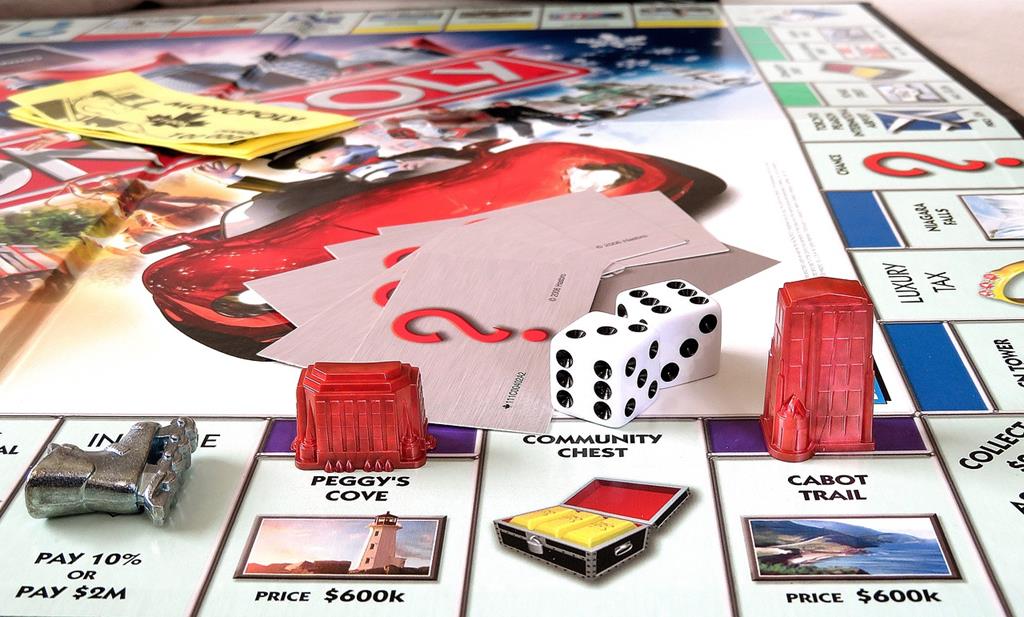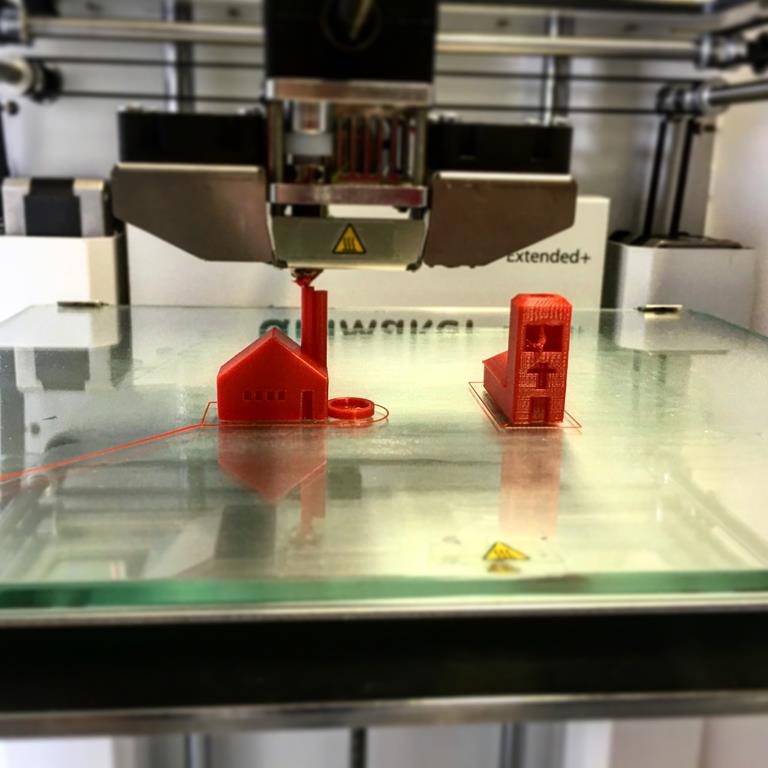
How Innovative Technologies Have Transformed The Board Game Industry

Board games have been around for thousands of years, and have seen many transformations thanks to new technologies and manufacturing methods. Even just a couple of decades ago, making board games was reserved for mass-producing publishers – a far cry from where we are now.
So, without further ado, let’s deep dive into how recent technology has transformed board games.
Digital Transformation
Over the last few years, many industries have seen a digital transformation – and board games are no different. Just take one of the most popular games in the world – Monopoly. As technology has advanced, the Monopoly brand has integrated more and more technology into its gameplay, swapping paper money for digital currency, and introducing digital applications.
In addition to the traditional Monopoly gameplay, you can also find immersive variations such as MONOPOLY Megaways at Paddy Power Bingo which combines the official Monopoly game board with Megaways slot game mechanics, complete with the classic houses, playing pieces, properties, train stations, and Chance.
This game also signals Monopoly’s move into augmented reality (AR). Put simply, AR superimposes digital elements and graphics onto the real world to enhance it, as explained in more detail by Investopedia. Here, the Monopoly board is a 3D AR game board, which creates a virtual dimension to the game, and a unique, immersive twist to the traditional gameplay.
With this in mind, it’s no surprise that Monopoly has expanded into using AR in several other applications. Ally + Monopoly, for example, turns US cities into live Monopoly games, MONOPOLY Live Casino features an AR Monopoly man, and the Monopoly Dreams attractions provide a 4D multi-sensory experience.
From Design to Display
In addition to transforming the way consumers can play board games, technology has also impacted the way that businesses behind board games can innovate, design, manufacture, and sell their products.
Starting with design, artificial intelligence (AI) is seeing a huge uptake in creative applications. Just last year, motoring giant Toyota announced a generative AI-powered vehicle design tool from the Toyota Research Institute which streamlines the design process.
The AI allows the designers to consider the functionality of the product throughout the design process. Similarly, this same approach can allow board game designers to consider the functionality of the design – the size of the playing pieces, how they move around the board, the ease of playing, and so on – from the very get-go of designing.
Once the design stage is completed, manufacturers can then use innovative 3D printing technology to create the physical board and the playing pieces. Now, Enos Tech has articles about 3D printers spanning back many years. However, what’s new is that 3D printers are becoming increasingly accessible and affordable.
Due to the rise in technology, and such technologies being more accessible, this has allowed for more and more independent board game companies to rise to the forefront. Furthering this, the development of crowdfunding platforms and cost-effective digital marketing techniques have further allowed indie creators to disrupt the industry.
As you can see, technology has transformed the way that consumers can access and interact with board games, as well as how businesses design, manufacture, and sell them. With new innovative technologies always being released, we’ll have to wait and see just how much technology will impact board games in the future.

























